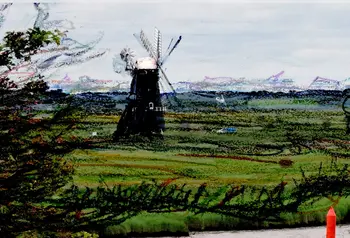How heritage helped John reconnect to the world
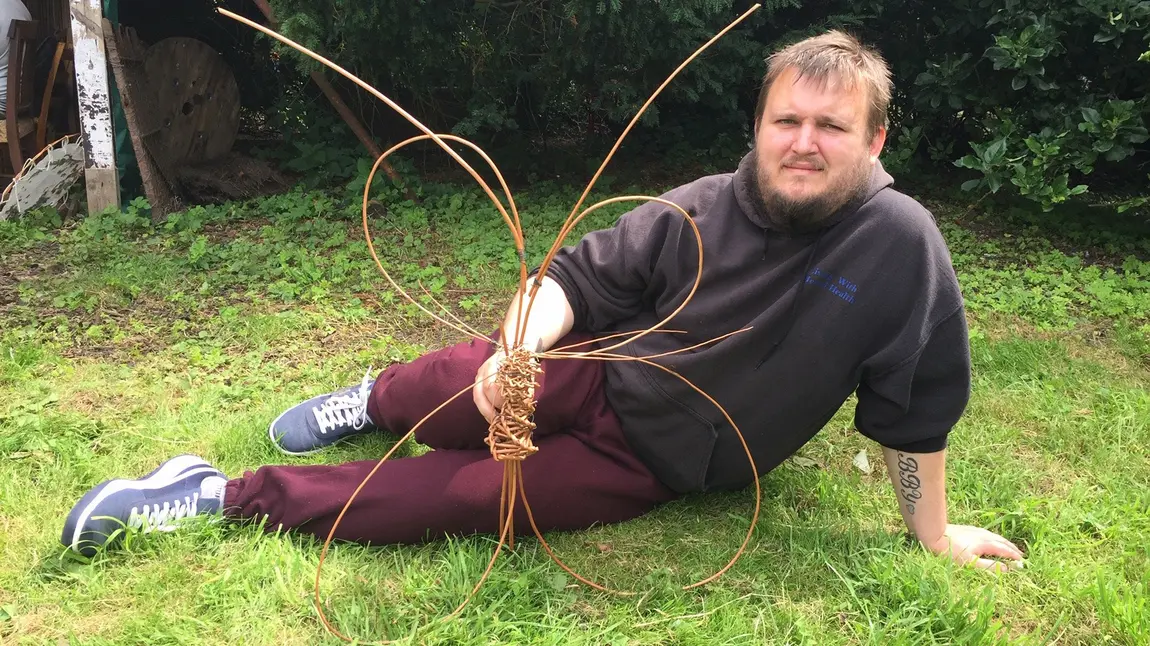
Page last updated: 5 July 2022
I’ve lived nearby Burgh Castle for so many years and had never been. Now I don’t think I will ever stop going.
John Durrant
Through the Restoration Trust’s Burgh Castle Almanac project, John Durrant has been exploring the history and landscapes of Burgh Castle Roman Fort in Great Yarmouth.
For Mental Health Awareness Week, we asked John about his experiences with the project before and during the coronavirus (COVID-19) pandemic.
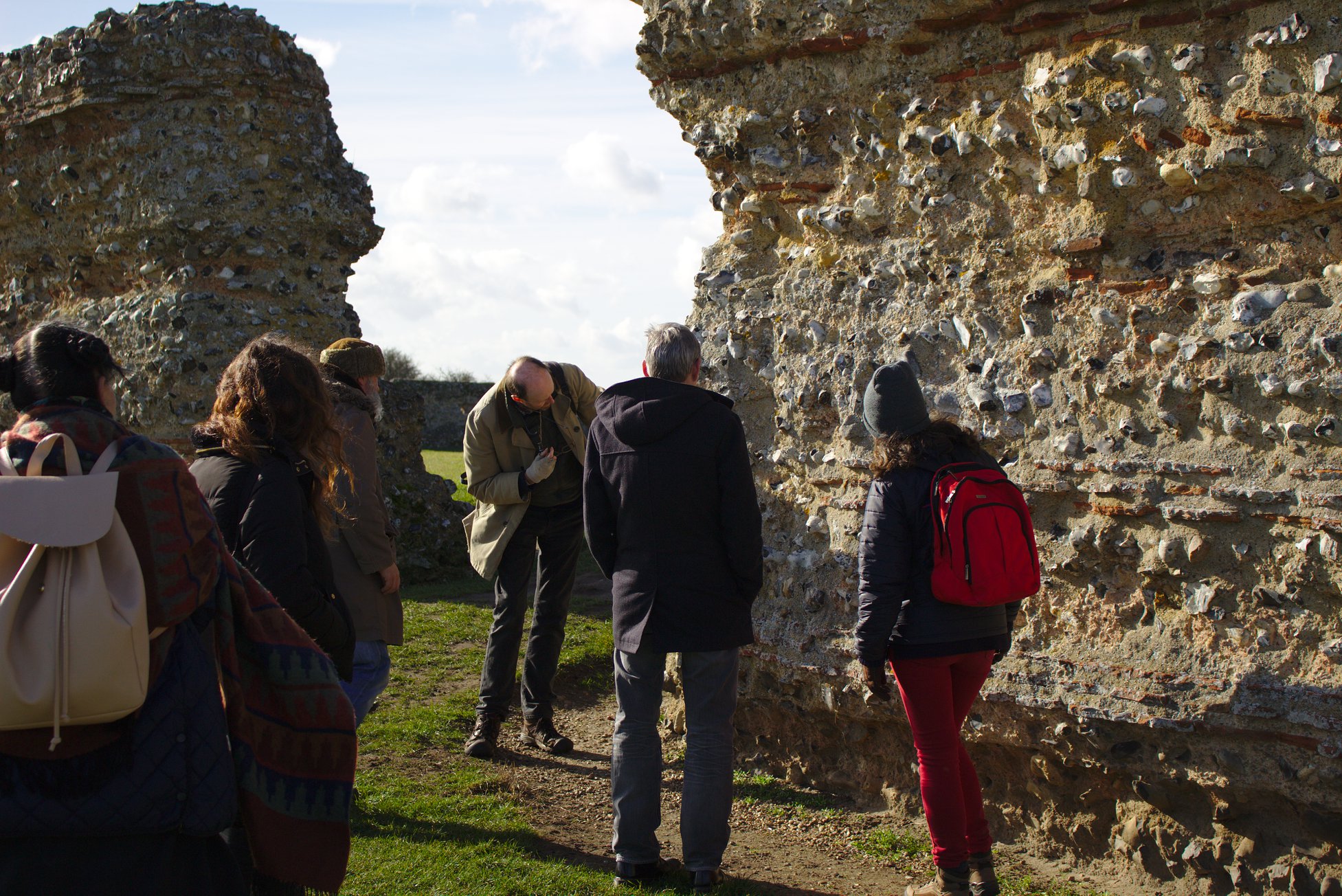
How did you become part of the Burgh Castle Almanac project?
I began hearing voices from the age of 12 and as a teenager tried to take my own life. I was diagnosed with a mild form of schizophrenia, but it wasn’t until 11 years later following a psychotic episode that I discovered I had been misdiagnosed and I actually have emotional unstable personality disorder.
Since then I have been trying to understand my illness.
I don’t drive, so the fact I was offered transport to get to the castle was a big factor in my decision to join.
A facilitator of the Burgh Castle Almanac project contacted me to see if I wanted to take part. I don’t drive, so the fact I was offered transport to get to the castle was a big factor in my decision to join.
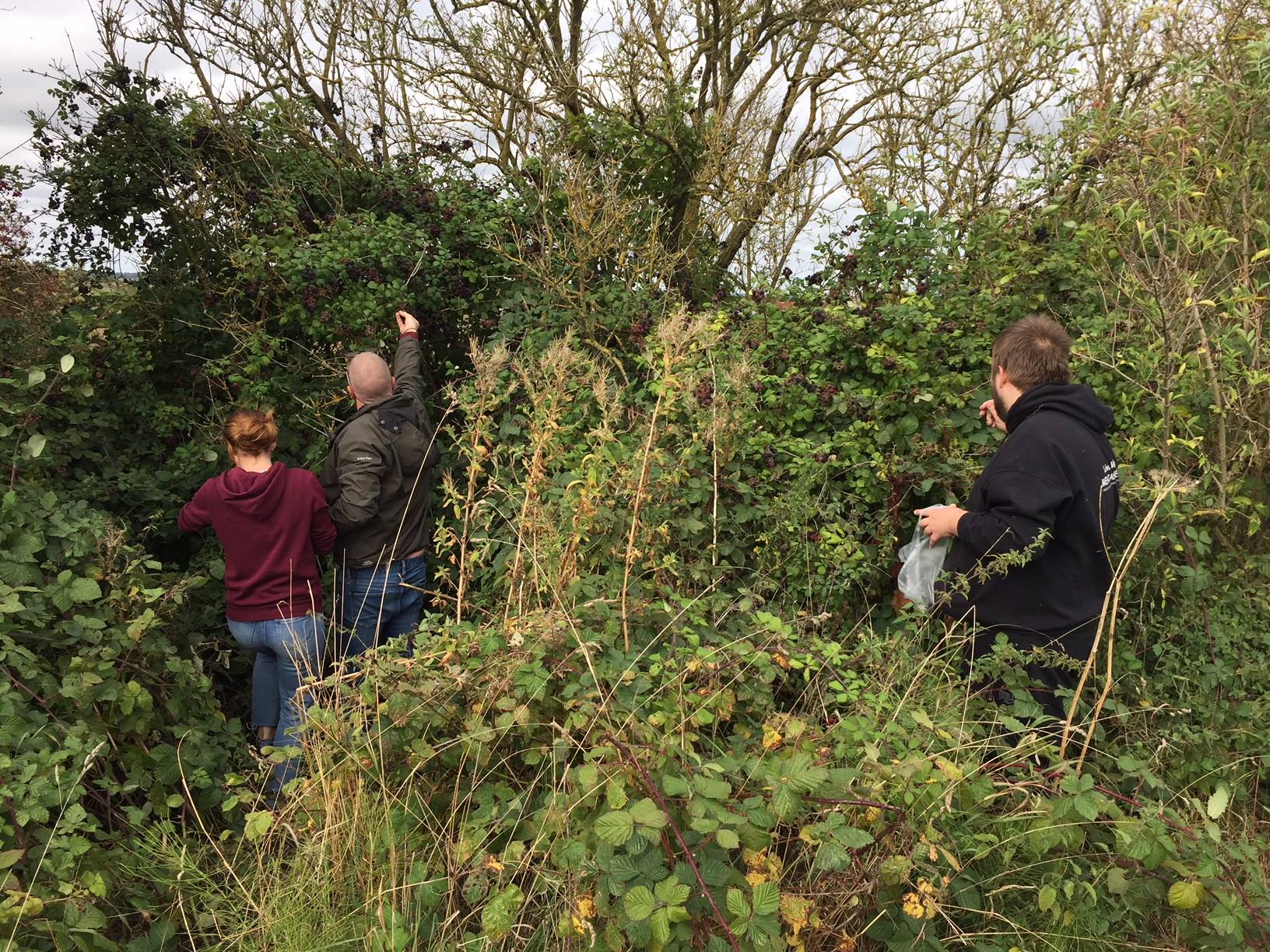
The first time I went I really didn’t feel like it was for me and didn’t think I would be going again, but my partner persuaded me to give it another go. Now I am part of the furniture! The group is so non-judgemental, you aren’t judged if you miss a week, but they also care and see if you are OK if you do.
Before lockdown, what did you do?
So many things! We met every fortnight, sometimes small groups and sometimes more of us – it was really flexible.
We had different professionals visit to help us relate to Burgh Castle including a writer, a geologist and a butterfly man.
In my life I went through a long time not feeling connected to anything. The project gave me that connection back.
Another time, we visited the Thames Foreshore project in London – walking right along the riverbed was phenomenal. That same trip we went to the British Museum. One of the other members of the group actually has a Saxon find on display there. He also found a Roman coin in a molehill near Burgh Castle when we were on one of our walks.
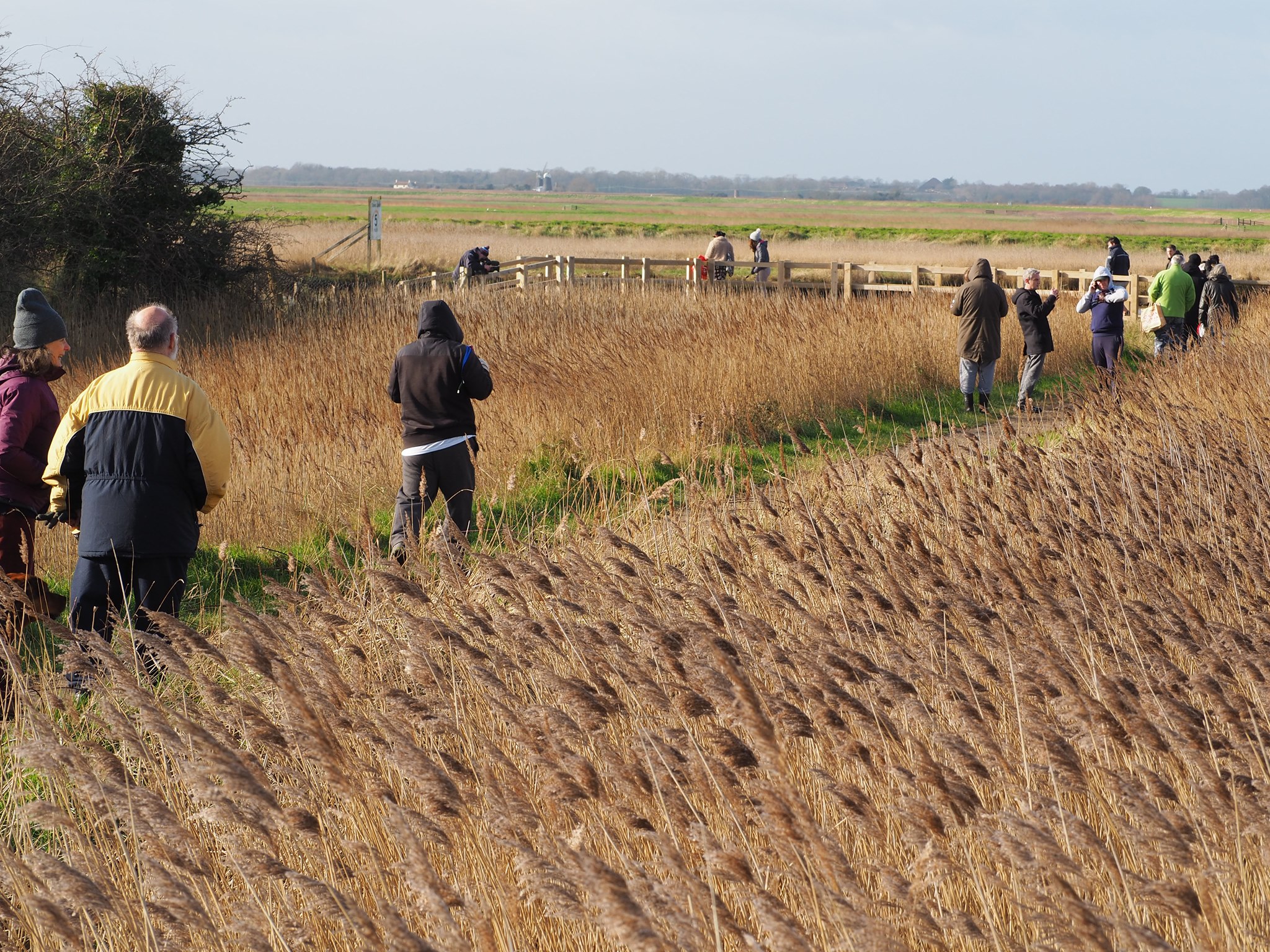
Mindfulness walks were another thing. I was sceptical at first but walking and paying real attention to the sounds of birds, the wind blowing and taking in the smells really did help me reconnect with nature.
I’ve lived nearby the castle for so many years and had never been, now I don’t think I will ever stop going.
Has the project impacted your mental health?
Big time!
In my life I went through a long time not feeling connected to anything. The project gave me that connection back. I looked forward to going on a Tuesday and being laughed at (good naturedly!) for getting stressed about art projects.
The group is like a big family, if we see each other struggling we take notice and offer support. I’ve made friends I never would have met if I hadn’t joined.
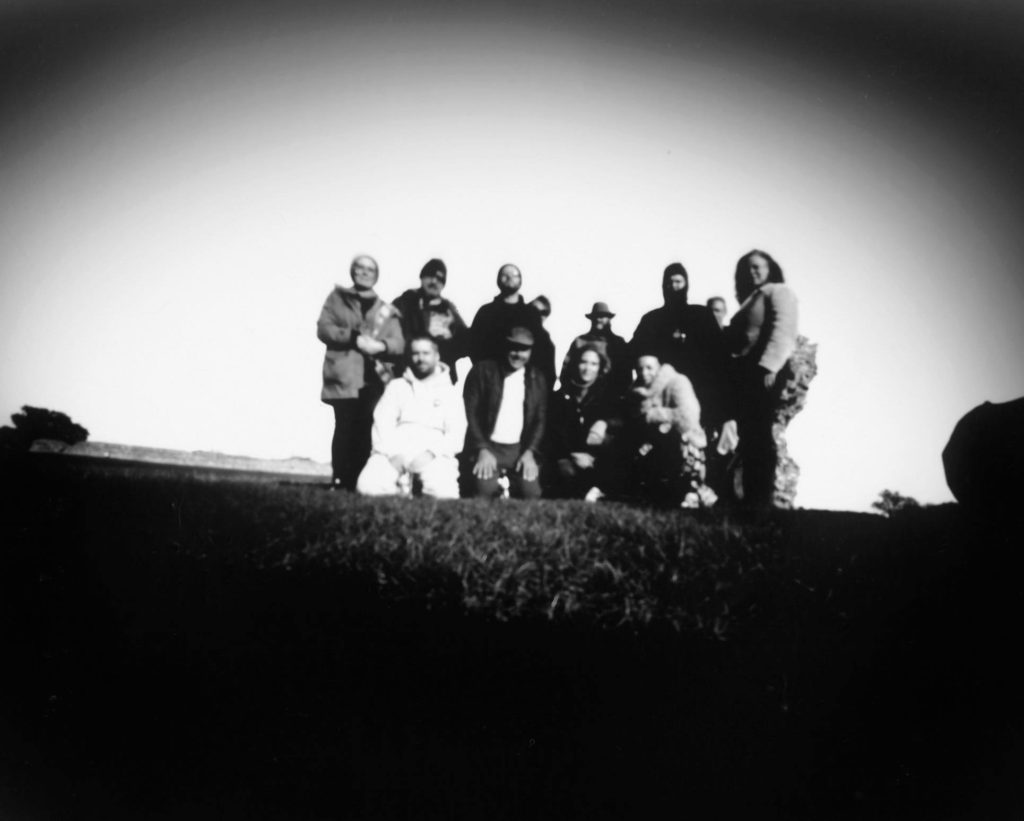
Now I’m connected to the world again I want to take this experience as far as I can and I want to give back to the project and people what they have given to me.
Heritage is about that feeling of belonging, knowing that this is your place and understanding how your history fits within wider history. It is a part of being human.
Laura Drysdale, Director of the Restoration Trust
How has coronavirus (COVID-19) and the lockdown changed things for you?
I work to manage my mental health by trying not to get weighed down by too much news or social media. Each day I say something new and positive to myself including the fact that this situation will not beat me – I will beat it.
In terms of the project, we have definitely not stopped.
We meet on Zoom every week where we talk and complete challenges such as mindfulness maps to stay in touch with each other and heritage.
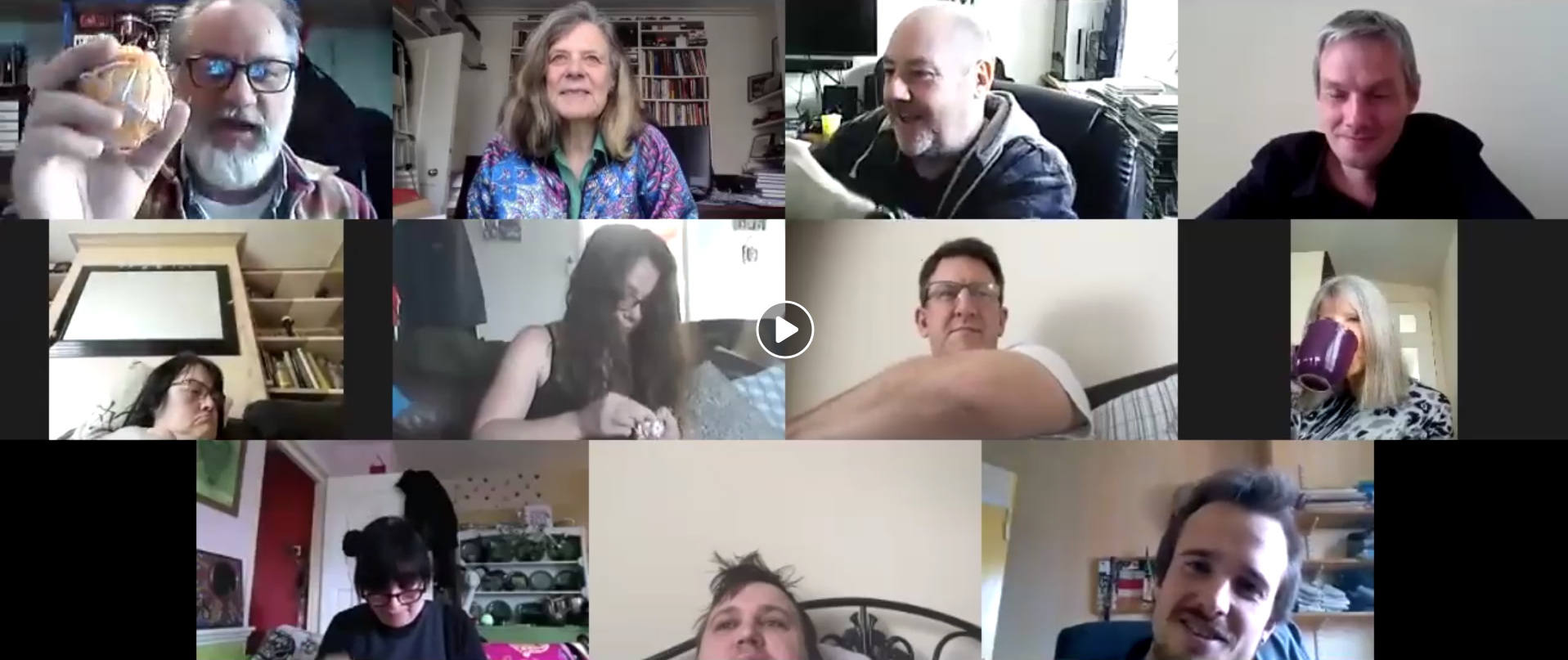
We also have a closed Facebook group with more than 50 members where we post creative challenges. In fact, lockdown has meant the group is more active than ever and remains a way we can pick up on if someone is having a down day.
The group is like a big family, if we see each other struggling we take notice and offer support. I’ve made friends I never would have met if I hadn’t joined.
I’ll admit, the situation was disheartening at first, but the communication and support is still there and so helpful.
When lockdown ends, we will meet up again and there are so many positive things to plan and do for the project. I’m excited and so thankful we will have the opportunity.
More information
See our interview with the Restoration Trust's Director, Laura Drysdale. The Restoration Trust’s ‘culture therapy’ model uses heritage, arts and culture to support people who experience mental illness.
The Burgh Castle Almanac is a partnership between the Restoration Trust, Norfolk Archaeological Trust, Access Community Trust and Norfolk Museums Services. It is part of the wider National Lottery-funded Water Mills and Marshes Landscape Partnership project.
Every project The National Lottery Heritage Fund supports must achieve our inclusion outcome: a wider range of people will be involved with heritage. Read our inclusion advice to find out more.
